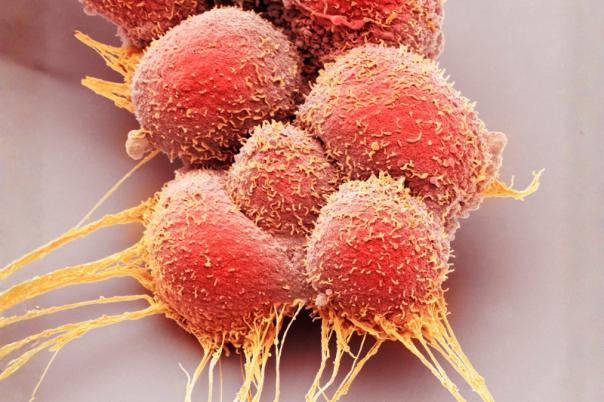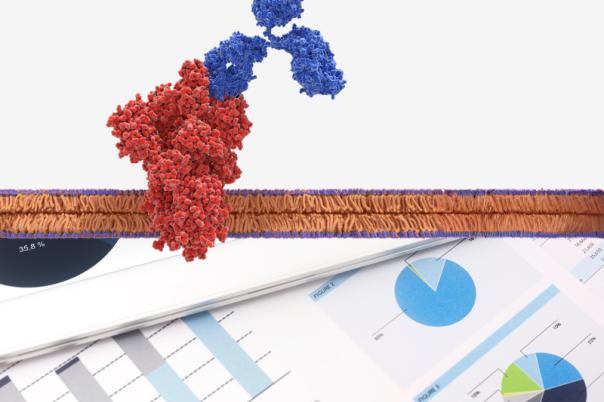Antibodies are versatile and must address a whole range of issues or possess a particular set of attributes to manufacture to scale and produce a safe drug. Many assays have been introduced over the years including developability assays. David Brockwell, Professor at Leeds University explained that although scientists have a good understanding of which assays to use for standard mAbs, the next predicament is figuring out how we rationalise these better for next-generation formats.
The Jain data set is the most famous example of a rationalising developability data set. The team put 137 sequences and put them into a single scaffold and conducted a range of developability assays. They drew two conclusions: antibodies can be grouped into certain behaviours under developability assays, and the assays can also be grouped. According to Brockwell this means that certain assays are redundant.
This led to certain follow-up questions such as can we identify a core of developability assays that predict a measurable attribute of manufacturability early in development? Or is it possible to conduct a series of assays that don’t take much sample at time zero and use that to predict long-term stability?
Brockwell highlighted the importance of EFD (Extension Flow Device), a device used to test the sensitivity of proteins to extensional flow, which can cause aggregation. He stressed that He highlighted its unique ability to provide information not captured by other assays. A project with Pfizer showed that mAbs are relatively resistant to flow, while fusion proteins are very sensitive to interfaces and flow.
The EFD data was normalised and compared to experiments on the same scale. Hierarchical clustering was used to group related assays, identifying four key blocks: thermal and colloidal stability, SMAC/HIK/BVP and stickiness, miscellaneous properties, and hydrodynamic/storage stability. The experimental dataset with time zero assays and long-term stability data compared molecules at different temperatures over different time scales.
Results showed that temperature had the greatest impact on aggregation propensity and degradation propensity and degradation kinetics did not follow Arrhenius kinetics suggesting different mechanisms at different temperatures.
Next, Brockwell calculated an overall average score for a molecule based on an Averaging of Developability Output Scores (ADOS). However, this was a poor predictor. Instead, multiple linear regression and LASSO (Least Absolute Selection and Shrinkage Operator) regression were used to identify significant variables for predictive power. This method identified five assays with the highest predictive power retention time on a SEC column, DC temperature one, HIK, one EFD output, and the diffusion interaction parameter.
Overall, this approach is good at measuring complicated attributes with a small number of assays. Still, the applicability of this method is restricted to three antibodies and three formulations but there is a view to expand to a larger data set.





